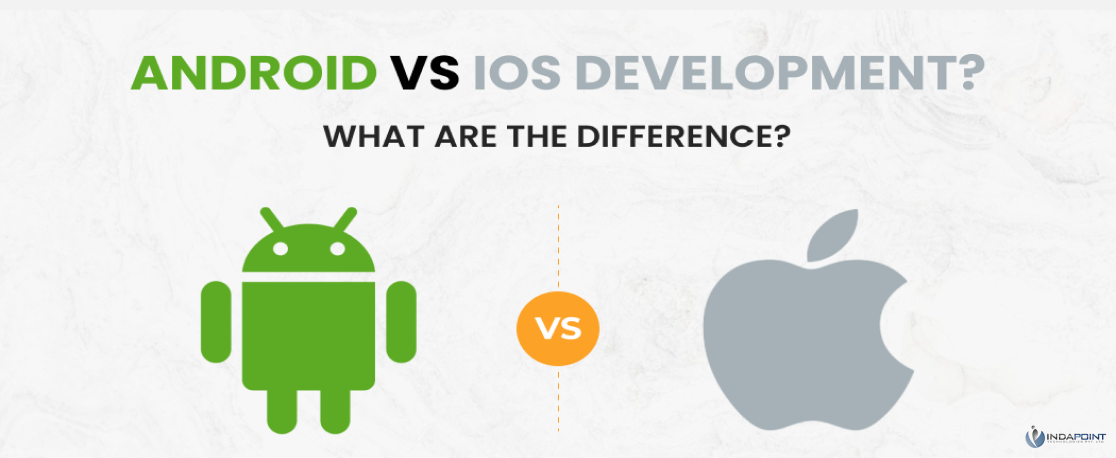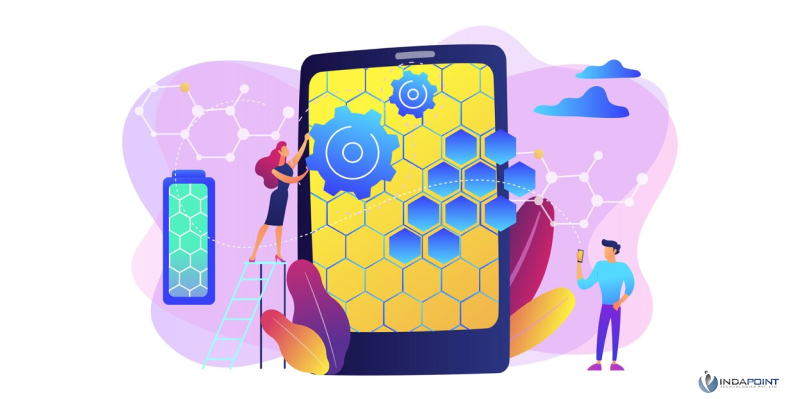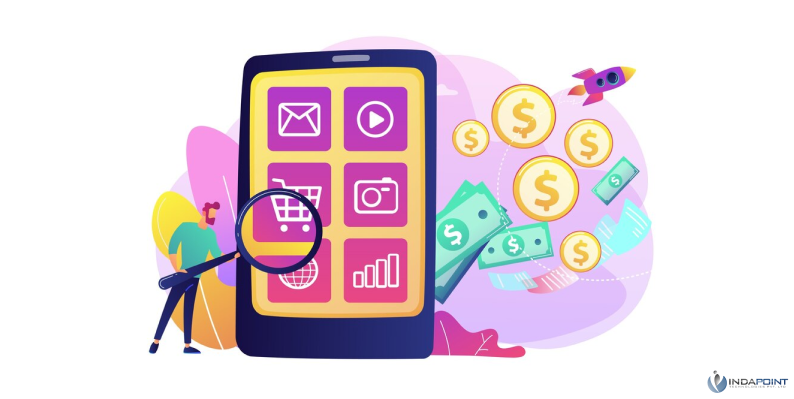Android vs. iOS Development: What’s the Difference?
June 21, 2024

Choosing between Android and iOS development is crucial for businesses and developers. Android apps use Java or Kotlin and are developed in Android Studio, while iOS apps use Swift or Objective-C in Xcode. Android development faces challenges like device fragmentation, whereas iOS enjoys a controlled environment. Android has a larger global market share, but iOS users spend more on apps.
Android vs. iOS Development: What’s the Difference?
In the ever-evolving world of mobile app development, choosing between Android and iOS is a critical decision for businesses and developers alike. Each platform has its unique strengths, development environments, and user bases. Understanding the differences between Android and iOS development can help you make an informed decision that aligns with your goals and resources. In this comprehensive guide, we’ll delve into the key distinctions between Android and iOS development, covering everything from programming languages to app store dynamics.
Programming Languages and Development Environments
One of the most significant differences between Android and iOS development is the programming languages used.
Android Development
Android apps are primarily built using Java or Kotlin. Java has been the traditional language for Android development, known for its robustness and wide adoption. However, Kotlin, a modern, statically-typed programming language that is fully interoperable with Java, has become increasingly popular. Kotlin is favored for its concise syntax, enhanced safety features, and overall improved developer experience.
iOS Development
On the other hand, iOS apps are developed using Swift or Objective-C. Swift, introduced by Apple in 2014, has quickly become the preferred language for iOS development due to its readability, performance, and safety features. Objective-C, while still in use, is gradually being phased out in favor of Swift’s modern capabilities.
Development Speed and Complexity

The speed and complexity of development can vary significantly between Android and iOS.
Fragmentation and Device Diversity
Android development can be more complex due to the wide variety of devices and screen sizes that need to be supported. Android’s open ecosystem means there are numerous manufacturers, each with different hardware specifications and custom versions of the operating system. This fragmentation can lead to additional testing and optimization efforts, potentially slowing down the development process.
In contrast, iOS development benefits from a more controlled environment. Apple’s limited range of devices and standardized hardware and software configurations streamline the development and testing process. As a result, iOS developers can often bring applications to market more quickly and with fewer compatibility issues.
User Interface and Design Guidelines
Both platforms have distinct design guidelines that developers must adhere to, influencing the overall user experience.
Android’s Material Design
Google’s Material Design is the design language used for Android apps. It emphasizes bold colors, responsive animations, and a clean, minimalistic interface. Material Design provides comprehensive guidelines that help developers create intuitive and visually appealing applications while maintaining consistency across different devices.
iOS’s Human Interface Guidelines
Apple’s Human Interface Guidelines dictate the design principles for iOS apps. HIG focuses on clarity, deference, and depth, encouraging the use of whitespace, high-resolution images and fluid animations. iOS apps often prioritize a seamless user experience with a strong emphasis on aesthetics and usability.
App Store Dynamics and Review Processes
The app review and submission processes differ significantly between Google Play and the Apple App Store.
Google Play Store
The Google Play Store has a relatively lenient review process, with app approvals typically taking a few hours to a couple of days. This allows for quicker updates and faster deployment of new apps. However, the less stringent review process can sometimes result in lower quality standards and higher chances of encountering malicious apps.
Apple App Store
The Apple App Store is known for its rigorous review process, with approvals taking anywhere from a few days to a week or more. Apple’s strict guidelines ensure that apps meet high standards of quality, security, and performance. While this can lead to longer approval times, it also helps maintain a higher level of trust and user satisfaction.
Development Costs

The cost of developing an app can vary depending on the platform, with several factors influencing the overall budget.
Android Development Costs
Due to the diversity of devices and operating system versions, Android development can sometimes be more costly. The need for extensive testing across different devices and screen sizes can add to the development time and expenses. Additionally, maintaining and updating an Android app may require more resources to ensure compatibility with new device releases and OS updates.
iOS Development Costs
iOS development costs can be lower due to the controlled ecosystem and standardized devices. The streamlined development process and reduced fragmentation result in fewer testing requirements and quicker development cycles. However, Apple’s hardware and software ecosystem can still impose certain costs, especially when considering the need for Mac computers and iOS devices for development and testing.
Security and Privacy
Security and privacy are paramount considerations in mobile app development, with each platform offering different levels of protection.
Android Security
Android’s open-source nature and wider device range can sometimes make it more vulnerable to security threats. However, Google has made significant strides in enhancing security with features like Google Play Protect, regular security updates, and stringent app review policies. Developers must adhere to best practices and implement robust security measures to protect user data and maintain app integrity.
iOS Security
Apple’s closed ecosystem and strict control over hardware and software provide a higher level of security for iOS devices. Features such as App Store review processes, sandboxing, and regular iOS updates contribute to a more secure environment. iOS’s emphasis on user privacy, including features like App Tracking Transparency, further enhances its reputation for safeguarding user data.
Conclusion
Choosing between Android and iOS development ultimately depends on your target audience, budget, and specific project requirements. Both platforms offer unique advantages and challenges, making it essential to consider your long-term goals and resources.
Don’t leave your app development to chance. Contact us today to discuss your requirements and discover how we can provide a seamless and successful app development experience tailored to your needs.





